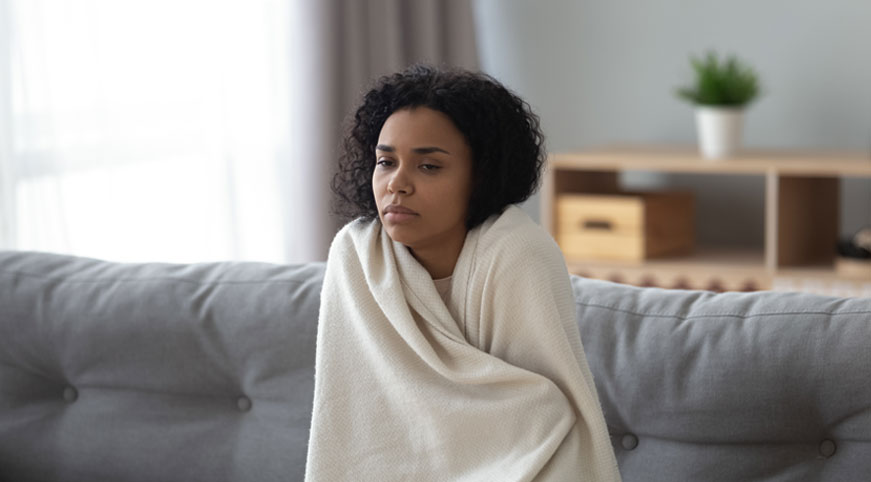Seasonal Affective Disorder (SAD), also known as season depression, is a mood disorder related to changes in seasons. While SAD tends to come in fall, it gets worse in the winter before ending in the spring. Unlike the winter blues, seasonal depression also affects your daily life. Dr. Thomas Horowitz, Family Medicine Specialist, shares more about the condition and treatment methods.
What is seasonal depression or seasonal affective disorder?
SAD is a phenomena that tends to come in fall and last through winter. The two contributing factors seem to be hormonal (shift in Serotonin & Melatonin levels) and disruption of our circadian rhythm. The loss of hours of daylight and change in our daily schedules are factors as well.
What’s the difference between SAD and having some general wintertime or holiday blues?
With seasonal changes, we can all experience winter melancholy with demands of the holiday season and changes in life with each New Year. However, SAD is much more serious. It is a daily depression, possibly with very dark thoughts and loss of ambition. It causes us to oversleep, changes our appetite, and causes mood swings.
What does the research say about the correlation between vitamin D and SAD?
There is not conclusive cause and effect research on vitamin D and SAD. However, based on a study published in 2019, patients with depression and acute stroke were associated with low vitamin D levels. With less sun exposure, there is generally a lower vitamin D level in the body and a potential for SAD. We believe vitamin D helps the immune system and has other protective health benefits. Therefore, it is believed that those at risk should monitor their vitamin D level and supplement it to reach the normal range. One must avoid toxic levels of vitamin D and should consult with a doctor to determine appropriate supplements for individual needs. It is usually easiest to take supplements or eat foods rich in vitamin D, or allow exposure to sunlight within reason to avoid sunburn.
How do we treat SAD?
It is important to support our immune system with proper immunizations, healthy diet, and regular monitoring of vitamin D levels. Getting out into the sun is a first step, and taking a walk at lunch will help. Light therapy or phototherapy, using a special lamp, is also an effective treatment for SAD. However, individuals should consult their healthcare provider before starting any treatment.
Is it possible to get too much vitamin D through food or supplements?
Vitamin D is a double edged sword, and too much intake can be toxic which causes buildup of calcium in your blood. Also vitamin D toxicity is usually caused by overdose of supplements. The most important thing is to try and maintain your normal daily activities. As the weather turns, try to avoid staying in and stay active.
Go to our Blog
 ENGLISH
ENGLISH KOREAN
KOREAN Spanish
Spanish RUSSIAN
RUSSIAN Armenian
Armenian FILIPINO
FILIPINO Chinese (Simplified)
Chinese (Simplified) Chinese (Traditional)
Chinese (Traditional)

최신댓글